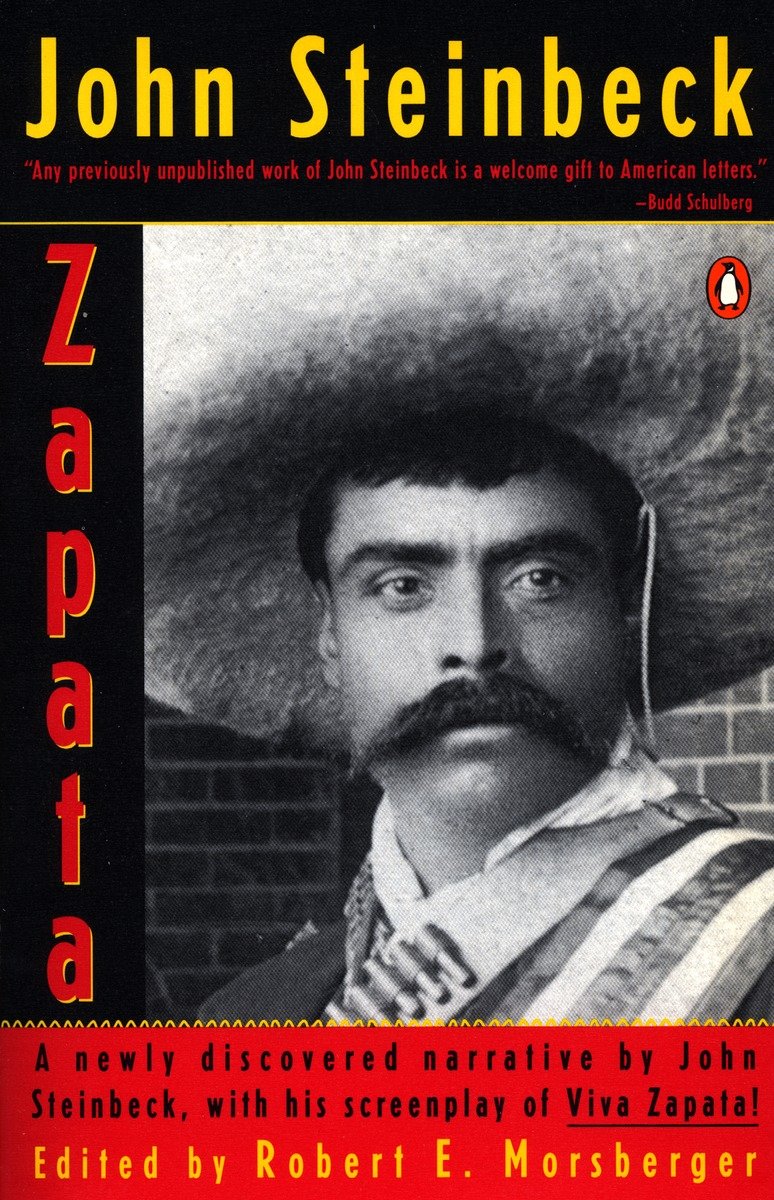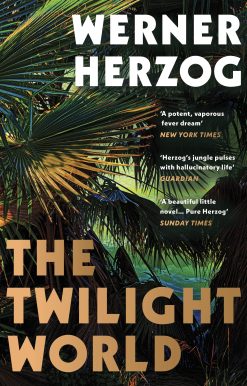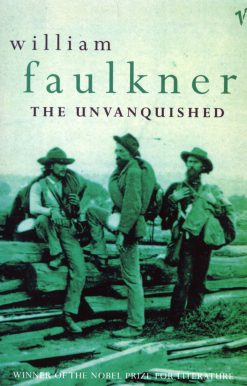Zapata
23.00 JOD
Please allow 2 – 5 weeks for delivery of this item
Description
Before there was Viva Zapata!, the acclaimed film for which John Steinbeck received Academy Award nominations for best story and screenplay, there was the original Zapata.In the research library of UCLA, James Robertson unearthed Steinbeck’s original narraive of the life of Emiliano Zapato, “the Little Tiger,” champion of the peasants during the Mexican Revolution. This story, upon which Steinbeck based his classic script Viva Zapata!, brilliantly captures the conflict between creative dissent and intolerant militancy to give us both a timesless social statement and an invaluable work of art.This new volume includes the screenplay, with copious notes by the film’s acclaimed director, Elia Kazan, as well as Steinbeck’s captivating narrative.
Additional information
| Weight | 0.32 kg |
|---|---|
| Dimensions | 2.21 × 12.93 × 19.46 cm |
| PubliCanadation City/Country | USA |
| by | |
| Format | Paperback |
| Language | |
| Pages | 400 |
| Publisher | |
| Year Published | 1993-5-1 |
| Imprint | |
| ISBN 10 | 0140173226 |
| About The Author | John Steinbeck, born in Salinas, California, in 1902, grew up in a fertile agricultural valley, about 25 miles from the Pacific Coast. Both the valley and the coast would serve as settings for some of his best fiction. In 1919 he went to Stanford University, where he intermittently enrolled in literature and writing courses until he left in 1925 without taking a degree. During the next five years he supported himself as a laborer and journalist in New York City, all the time working on his first novel, Cup of Gold (1929). After marriage and a move to Pacific Grove, he published two California books, The Pastures of Heaven (1932) and To a God Unknown (1933), and worked on short stories later collected in The Long Valley (1938). Popular success and financial security came only with Tortilla Flat (1935), stories about Monterey’s paisanos. A ceaseless experimenter throughout his career, Steinbeck changed courses regularly. Three powerful novels of the late 1930s focused on the California laboring class: In Dubious Battle (1936), Of Mice and Men (1937), and the book considered by many his finest, The Grapes of Wrath (1939). The Grapes of Wrath won both the National Book Award and the Pulitzer Prize in 1939.Steinbeck received the Nobel Prize in Literature in 1962, and, in 1964, he was presented with the United States Medal of Freedom by President Lyndon B. Johnson. Steinbeck died in New York in 1968. Today, more than 30 years after his death, he remains one of America's greatest writers and cultural figures.Robert E. Morsberger is a professor emeritus of English at California State Polytechnic University. |
| Table Of Content | ZapataPrefaceAcknowledgmentsPart One: ZapataA Narrative, in Dramatic FormEmiliano Zapata, The Man, the Myth, and the Mexican Revolutionan introductory essay by Robert MorsbergerZapata: A Narrative, in Dramatic Form, of the Life of Emiliano Zapataby John SteinbeckPart Two: Viva Zapata!The ScreenplaySteinbeck's Zapata: Rebel Versus Revolutionaryan introductory essay by Robert MorsbergerViva Zapata!: The Screenplayby John SteinbeckAppendixA Note on the ScriptCreditsSteinbeck's Screenplays and ProductionsSteinbeck's FilmsBibliography |
Only logged in customers who have purchased this product may leave a review.






Reviews
There are no reviews yet.